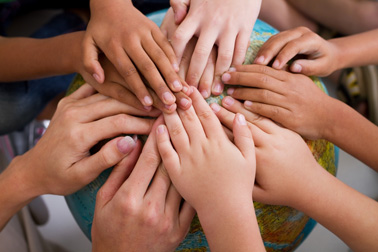
How many animals are going to disappear before today’s kids are adults? Some of our planet’s most magnificent creatures are under threat. Think of tigers, with very few left in the wild. Think of the rhino, relentlessly hunted by poachers for their horns that are supposed to have medicinal properties. We don’t want our kids to grow up with these marvellous animal s in the same category as the dodo. Do we really want them to ask us why we didn’t make sure these animals were saved?
Saving the environment for future generations is our responsibility. Given the threat to our oceans, forests and the remaining unspoilt areas of natural beauty, it’s a responsibility that we need to act on right now. Though large and beautiful mammals like the tiger get media attention, the list of extinctions make horrifying reading. About 20,000 plant and animal species are under threat. Four have become extinct in the last few years.
We can’t bring them back. The only thing we can do is act now to stop this destruction happening. Saving the environment is something we can all contribute to, even if the things we do seem small. As the classic book by E.F. Schumacher said, “small is beautiful, and even small acts, by millions of us, can make a real difference”.
On an ethical level, saving the environment and the threatened species that depend on it is something we should do for its own sake. The idea that we have dominion over wildlife, to do with what we will, is a flawed philosophy that contemporary thinkers reject. Altruism aside, not acting now to save the environment risks bequeathing future generations a degraded world and a lesser quality of life for generations to come.
We’re already seeing the effects of the rampant consumerism of the last fifty years. Even if it is green and leafy where you live, the same can’t be said for other parts of the world. No sensible person can ignore the well-documented phenomenon of global warming, and its impact. Erratic weather disrupts the production of essential food crops. Deforestation and poor agricultural practices lead to erosion and landslides when rain storms hit. Melting polar ice and ising sea levels threaten the lives and livelihoods of people in far-flung parts of the globe.

